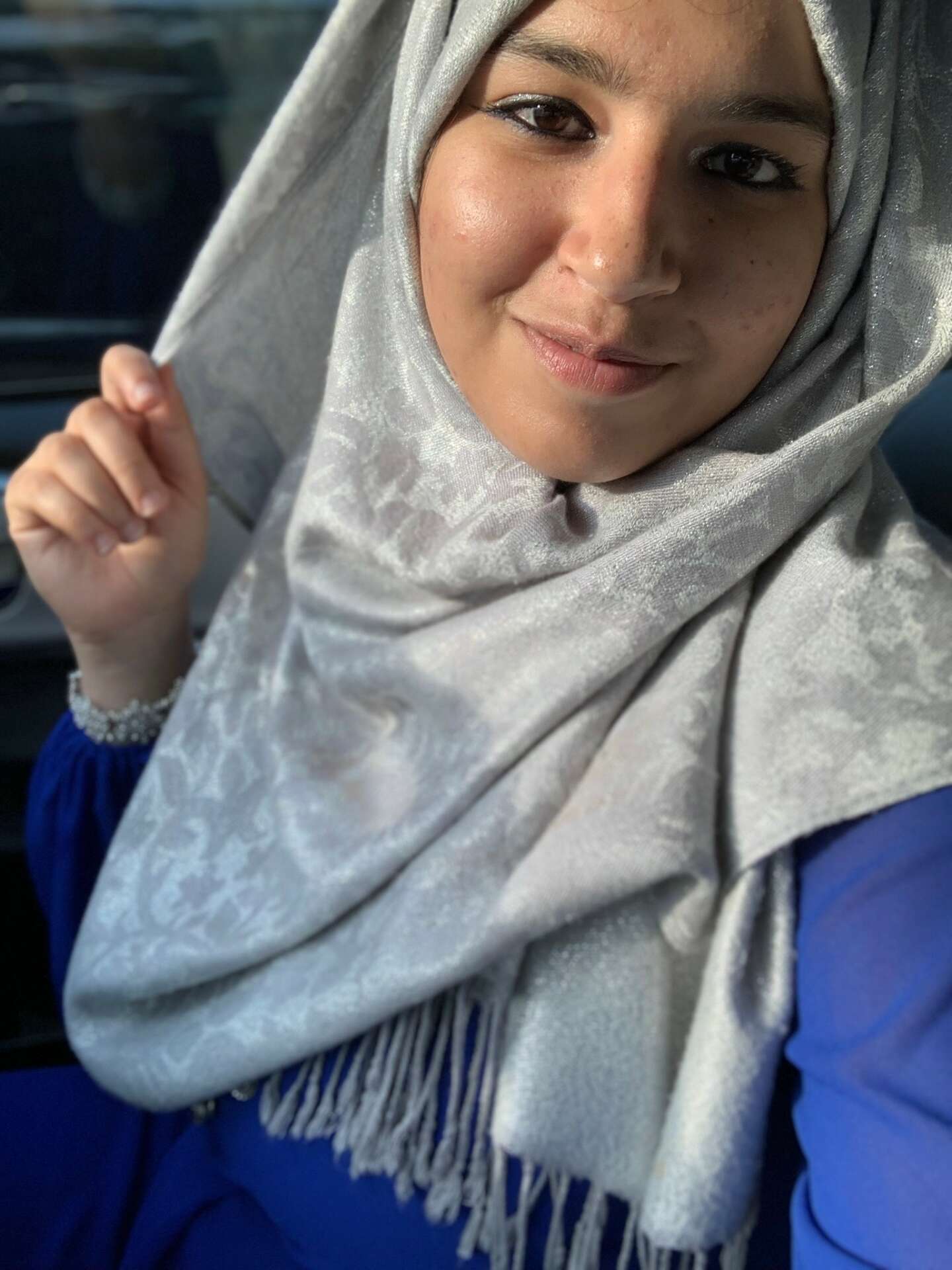Alright – so today we’ve got the honor of introducing you to Maria Ahmad. We think you’ll enjoy our conversation, we’ve shared it below.
Maria, appreciate you joining us today. Are you happier as a creative? Do you sometimes think about what it would be like to just have a regular job? Can you talk to us about how you think through these emotions?
I do have a “regular” job– I work in public health! I wish I could be a full-time artist, but I’ve got bills to pay and big dreams to accomplish! I like my job in public health, but my true love and passion lie in creating my masterpieces. I often spend my workday brainstorming future projects and am impatient to get home so that I can experiment with my ideas. I hope that someday, I can be successful enough as an artist to make a living b selling my handmade goods and doing craft shows. I know of a few Etsy artists who became so successful they quit their regular jobs to become full-time Etsy sellers. I would love to come to that point someday!
But the grass isn’t always greener on the other side. If I devoted all of my resources, time, and energy to exclusively creating, I’d be drained. I would hate what I do best to become work I dread doing. I remember being incredibly behind on some commissions because I was not motivated to complete them. I need a “normal” job to appreciate being an artist and creating when I feel like it, not when I have to.
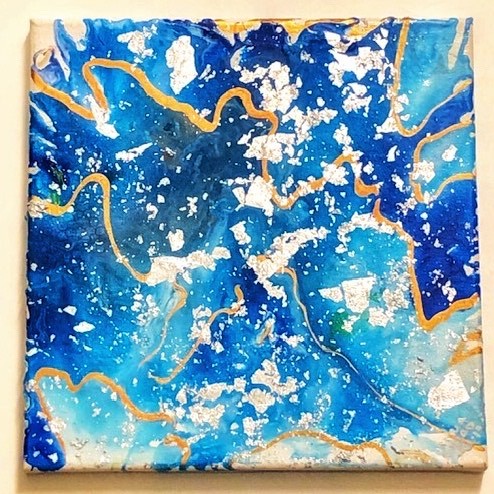
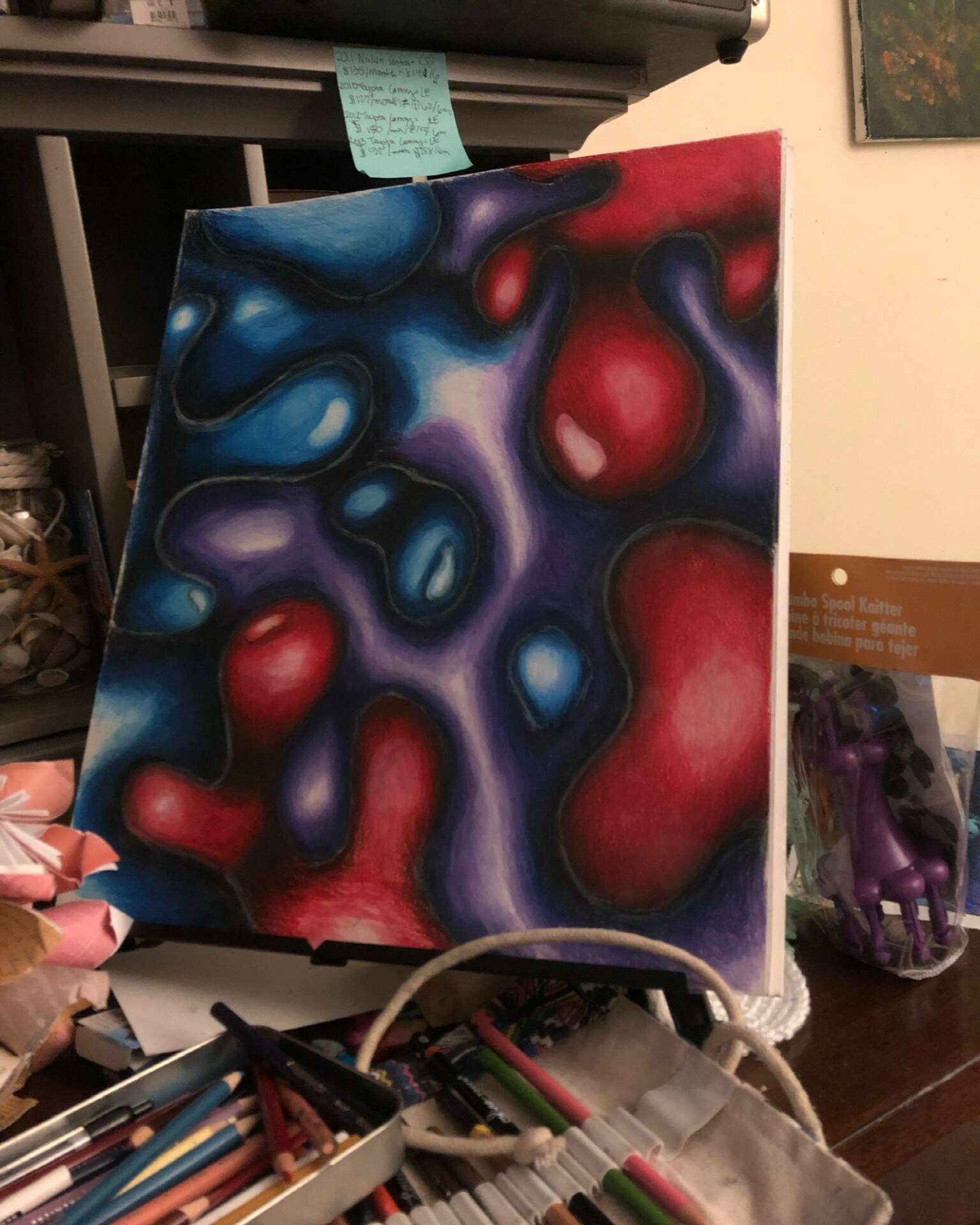
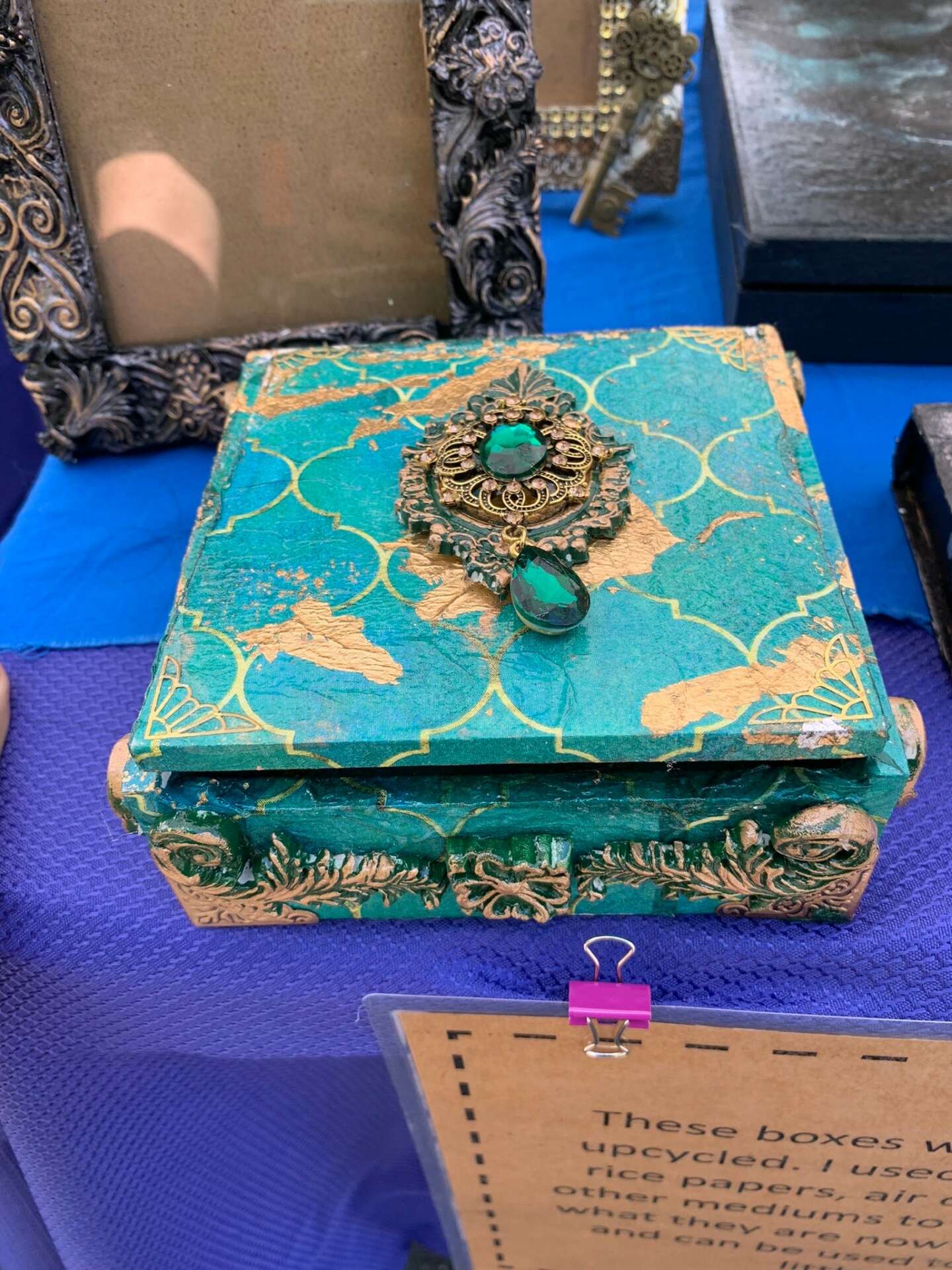
Awesome – so before we get into the rest of our questions, can you briefly introduce yourself to our readers.
I have been drawing and painting since I was 5 years old. Over the years, I developed a love of crafting. I remember the summer days of my childhood when I would construct jewelry boxes and dollhouses out of cardboard and duct tape. I would make piñatas and beads from paper mâché, and I sewed clumsily made doll clothes from felt. I learned origami. I bought fabric paints to use on old t-shirts and would make my younger sister wear them. Even from a young age, I tried to do everything.
Fast forward 15 years later, when I realized that I would never fully master drawing and painting. So, I turned to mixed media art. I melted crayons on canvases embellished with gold leaf. Those paintings were a hit, and I sold many of them. Around the same time, I experimented with making origami jewelry. That was a hit too. My friends badgered me to make an art page on Instagram and start an Etsy shop. So that’s what I did. My shop is called MarsBarsArt, and I’ve had it since 2018.
My expertise now extends to knitting, crocheting, decoupage, resin, collage, and more. I think I’d like to get into costume design someday. Did you know that I design my masquerade masks? Those are deeply personal to me and represent parts of my healing journey. I’ve struggled with my mental health for over a decade and exploring new forms of creativity makes it easier to cope. I also knit and crochet wearables, and you can find me at craft shows selling handmade hats. Lately, I’ve been going back to mixed media art by adding my spin on wooden frames and thrifted cigar boxes and jewelry boxes.
I think what sets me apart from other artists is that my mediums and art styles are constantly changing. I don’t stick to pencils on paper or paint on canvas; I use a lot of found items, things other people see as garbage, or things meant for other functions. I also use lesser-known mediums, such as wax pastes and I like to use mediums, such as resin, for uncommon purposes (e.g. using resin as a high-gloss finish for my decoupage projects). I don’t believe in having a signature “style” that most artists have that makes their works recognizable. My influences are not artists like Monet, Banksy, or van Gogh; the life I observe around me, combined with my personal aesthetic, are my artistic influences. I’m both an old soul and a child at heart, so I try to express both sides of me in my art.
One thing I want potential clients and customers to know is that I am often not a fan of trends. I will often decline when someone wants to commission me with something that is trending. Most trends do not appeal to me, and I am adamant about creating in my own style rather than what is popular now. As an old soul, I’m fascinated by life and the people who came before me. My favorite design movement is Memphis Milano, and I’m trying to incorporate that more in my work. I’m also a fan of antiques and indulge in vintage-inspired pieces.
Though my pieces vary wildly from one another, I like to think they embody my core values— individuality, boldness, free-spiritedness, rebellion, independence, and not being afraid of standing out and being different.
Fun fact about me– I have a giant 4-foot synesthesia-inspired painting hanging in SamFlax, a small business art supplies shop in Atlanta. It expresses how I perceive my favorite music. Go check it out when you get the chance!
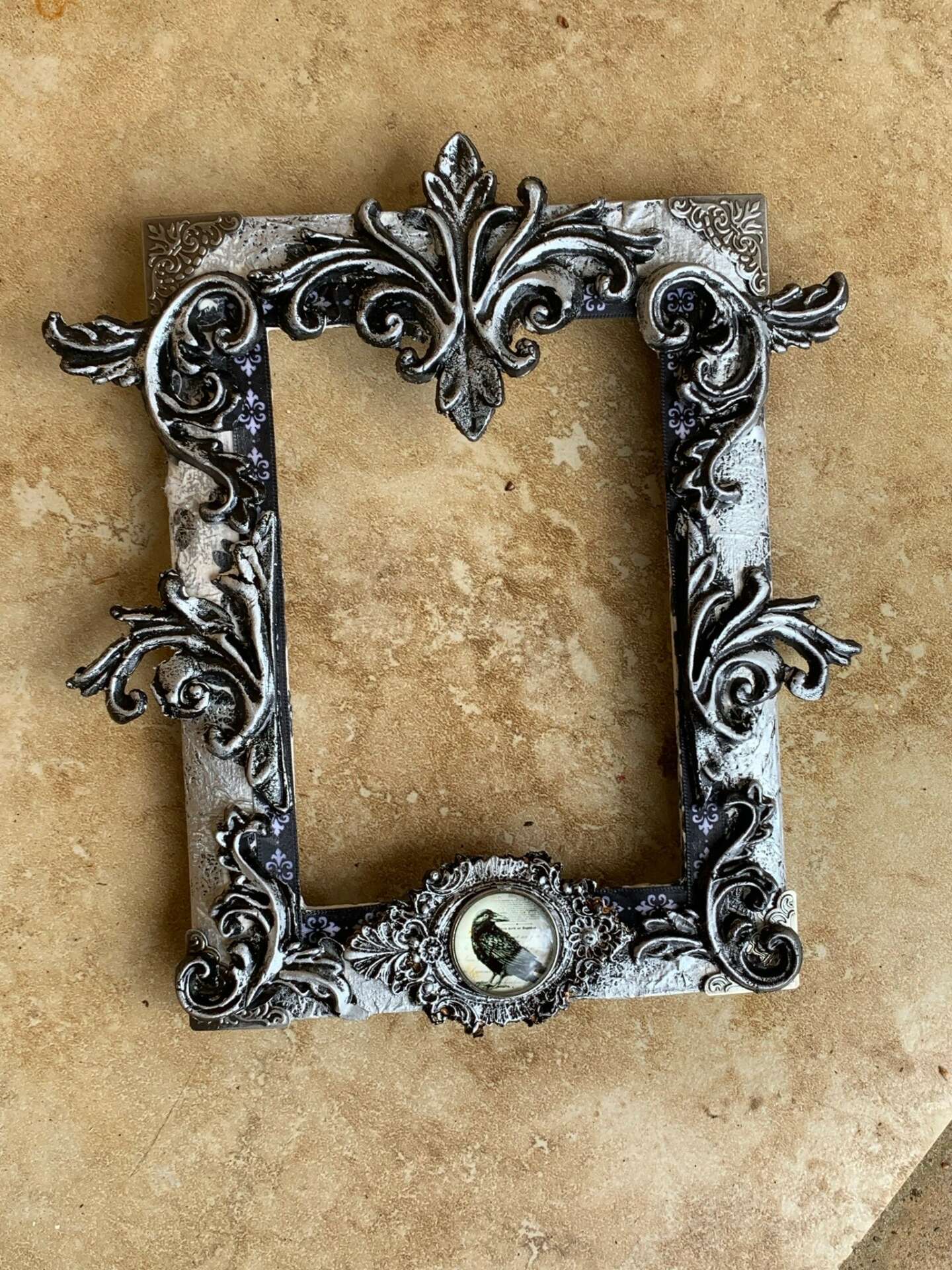

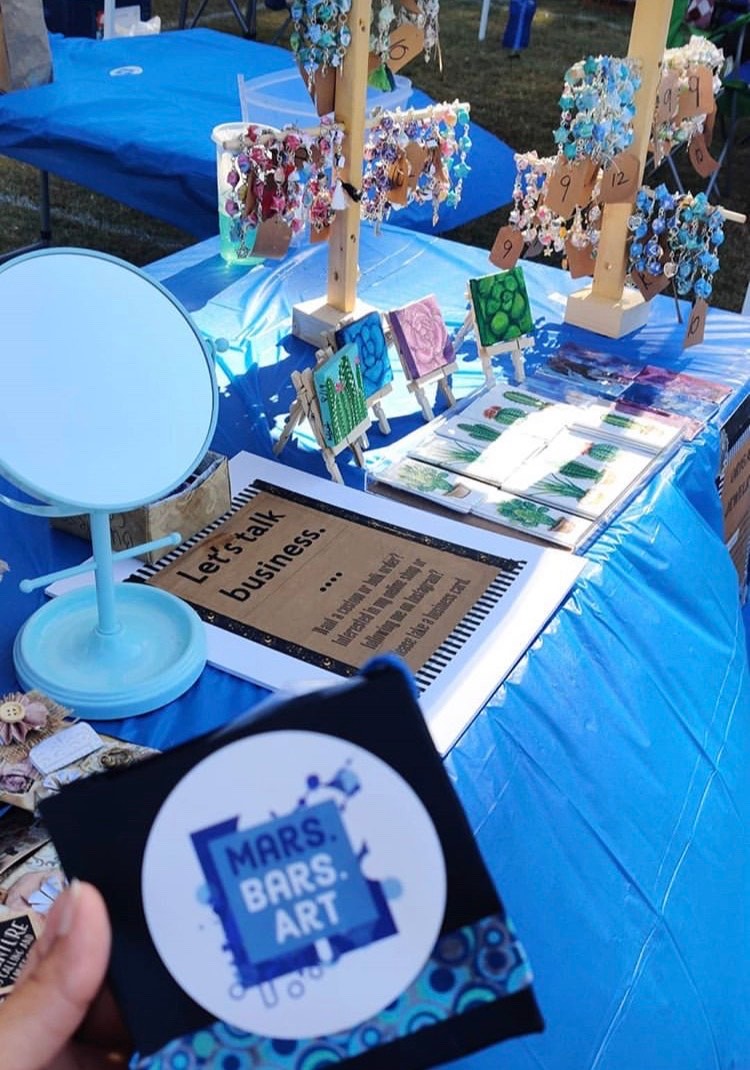

What’s the most rewarding aspect of being a creative in your experience?
There are several of them.
One rewarding aspect of being an artist or creative is the satisfaction of finishing your newest masterpiece. It’s this unexplainable feeling you get, almost magical, that your hands have the power to create, to transform, to give birth to something in existence that’s unique and purely yours. I rely on these feelings of satisfaction and admiration quite often; they help pull me out of emotional ruts and build self-confidence. I like that I know how to make things many people cannot, things machines can’t replicate. I love how I slowly build myself back together, piece by piece when I create.
I think and brainstorm with my hands, not my head. Back when I used to draw, I used to get this somewhat tingly feeling in my hands. That’s when I knew I was about to create something awesome. When I create, I try not to think too much about it, but let my hands do their things. It’s like they have a mind of my own and I tend to end with something I’m proud of.
Another rewarding aspect of being creative is when someone buys something you made. I don’t rely on sales to determine if my art is good or not, but I cannot deny how flattered I am when someone admires my art so much they want to buy it. It’s even better when someone wants something that you labored over for a long time and doubted yourself about it. It is an indescribable sensation.
Here’s a secret. As an artist, I grew up hearing things like “no one will ever buy your artwork” and “you’re not even that good of an artist.” At one point, my family members thought it was shameful to tell other people that I was an artist! The negativity I experienced from people who were supposed to support me pushed me to explore new techniques and forced me out of my comfort zones. Sheer stubbornness and the need to prove others wrong pushed me to become a better artist than I was before. Now I’m doing a better job of not letting others’ pessimism dictate what I do with my creativity and what is in store for me.
How can we best help foster a strong, supportive environment for artists and creatives?
We need to stop telling young children and aspiring artists that they can’t be successful in pursuing art and design. Because the definition of success is ever-changing, and success can mean something different from one person to another. Anything is possible if you put your mind to it. I know that sounds generic, but my art has taught me this lesson over and over again.
I think the argument about how “art is useless” and artists don’t make any money, should fizzle out. Art may not be as lucrative as engineering or computer science, but it is useful in its own way. Metropolitan cities, such as Atlanta and Washington, DC have colorful murals around the city, which make it feel vibrant and welcoming. How would we have tattoos if we had no tattoo artists? They are creatives as well. Your favorite clothing designers are artists in their own rights. Interior designers and architects that help make our favorite places aesthetically pleasing also deserve credit. And due to its positive psychological effects, art therapy, which utilizes the utilization and interpretation of creating art, is an effective alternative to psychotherapy (talk therapy).
Contrary to popular belief, selling original art isn’t the only way to make a living as an artist. As I have observed on Pinterest, Twitter, and Instagram, many creatives make a living through teaching classes and workshops, serving as paid ambassadors and influencers for companies, recording tutorials on YouTube (monetized by streaming and subscriptions), and printing and drop shipping their designs onto products. On Etsy, some sellers have made hundreds of thousands of dollars literally through designing and selling SVG files, templates, and patterns. The possibilities are almost endless! The idea that the only way to make money as an artist is to sell original art is outdated. As long as you are willing to do your research, explore, and put in the hard work, there is always a way to be successful in the creative field.
Contact Info:
- Website: www.etsy.com/shop/marsbarsart
- Instagram: www.instagram.com/mars.bars.art
Image Credits
Amina Ahmad


